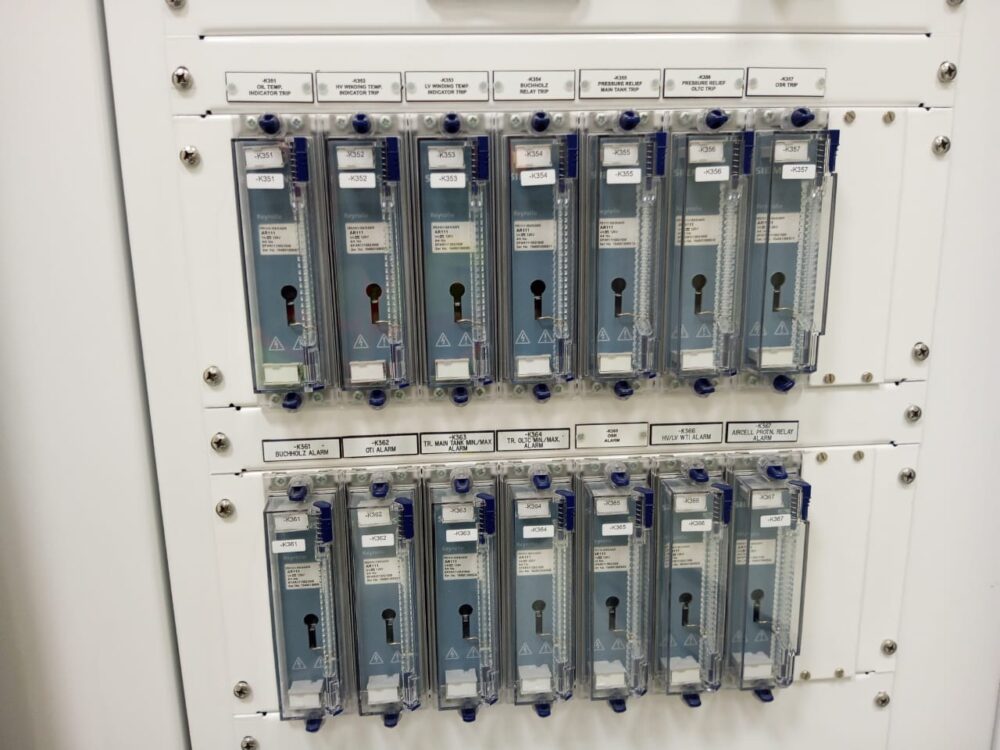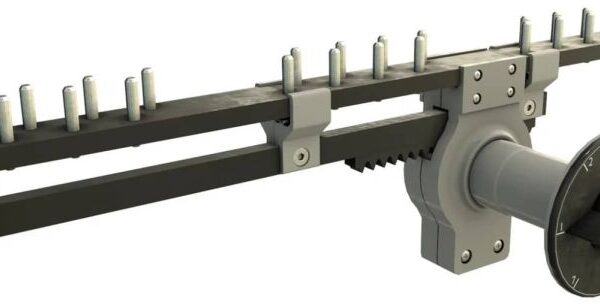Frequently Ask Questions
Q. What is a flag relay?
A. A flag relay is a type of relay used to indicate whether the relay has been activated. It typically has a flag or mechanical indicator that moves when the relay is energized, providing a visual signal of the relay’s status. It is commonly used for protection and monitoring circuits in electrical systems.
Q. What are relays used for?
A. Relays are electrical devices used to control circuits by opening or closing contacts in response to an electrical signal. They are used for switching applications, protecting electrical circuits, and automating processes, such as turning on or off equipment, controlling alarms, and isolating faulty circuits.
Q. How to play flag relay?
A. In a flag relay race (a physical relay race), players pass a flag to the next runner, who must then race to a designated point and hand the flag to another teammate. The first team to complete all the laps and pass the flag correctly wins. The relay symbolizes teamwork and the smooth passing of responsibilities.
Q. What are signal relays used for?
A. Signal relays are used to transmit signals in communication systems or electrical control systems. They are used to convey control signals between different parts of a system or to trigger specific actions based on certain conditions, such as activating alarms, triggering switches, or transmitting data.
Q. What are the 2 purposes of a relay?
A. The two main purposes of a relay are:
-
Switching: To control the opening or closing of a circuit based on electrical signals, allowing for remote control of electrical devices or systems.
-
Protection: To protect electrical circuits and equipment from overloads, faults, or abnormal conditions by triggering actions like disconnecting a circuit or activating alarms.
Q. Which relay is mostly used?
A. The electromechanical relay and solid-state relay (SSR) are the most commonly used types of relays. Electromechanical relays are often used in power control and automation, while solid-state relays are widely used in applications requiring faster switching, reliability, and compact designs, particularly in industrial and electronic circuits.







Reviews
There are no reviews yet.